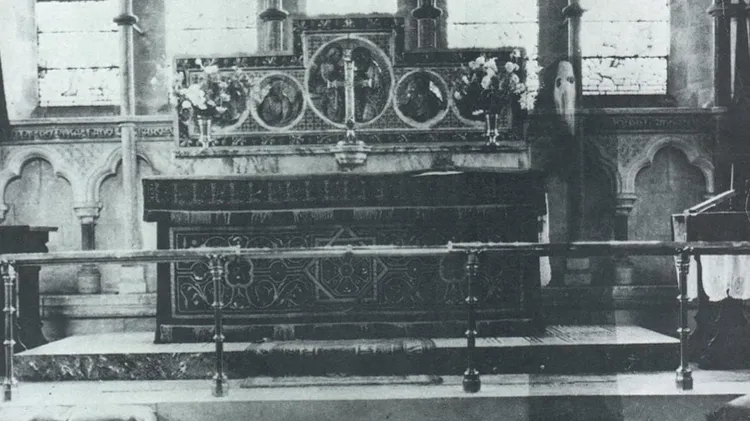Caroline Roope dives into the rich history of beach huts and bathing machines
Hurray for huts
7 min read
This article is from...
Read this article and 8000+ more magazines and newspapers on Readly






